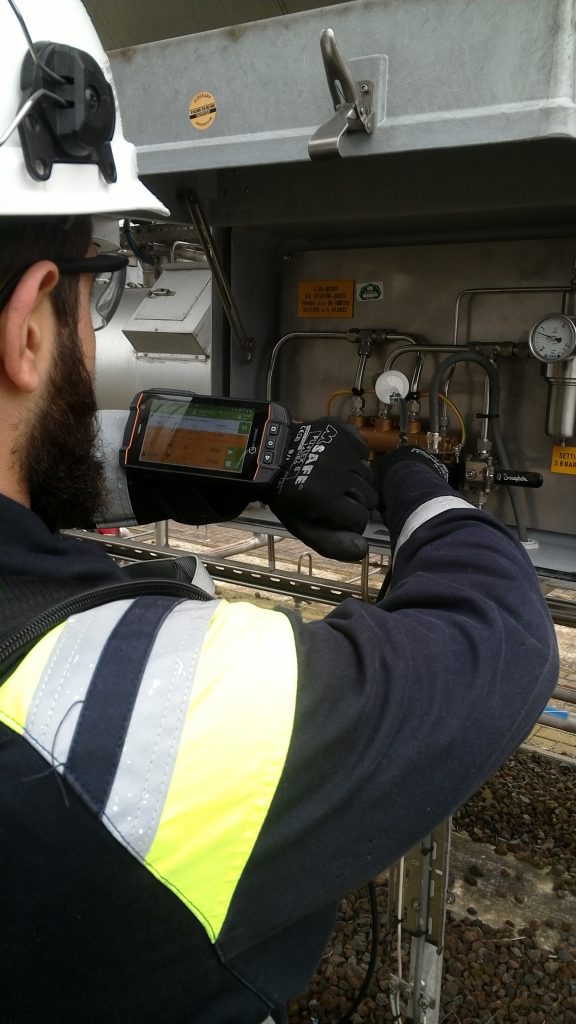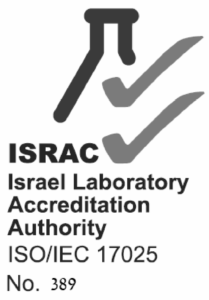The current Oil and Gas Methane Partnership 2.0 and the released proposal for the EU Methane Regulation request you to submit compliant LDAR reports considering multiple best practices. The proposal for the Regulation even sets a timeframe to deliver your report within 1 month after each LDAR survey has been executed.
Whether performing LDAR and reporting is a new requirement, or you have already implemented it in your organization, we share 8 steps to help you deliver a detailed and accurate emission report with your authorities.
Step 1: set up a detailed and high-quality inventory of sources and VOC streams
The accuracy of emission calculations and LDAR reporting strongly depends on the quality of your initial inventory of potential emission sources as well as the mapping of process streams. This inventory is mandatory to reach OGMP 2.0 Level 4 reporting and to comply with the upcoming EU Methane Regulation.
General applied Emission Factors depend on the component type (for example seal, valve, flange) and application (for example gas, light liquid, heavy liquid). Without a complete and detailed inventory of sources and product flows, it is not possible to apply the Emission Factors correctly.
As an environmental service provider, we often see outdated inventories that do not reflect the actual situation. A common mistake is that emission factors are only applied to leaking sources for emission calculation of a full installation. Emission values are also attributed for non-leaking sources (meaning where no leak could be established with the measurement device) and for non-accessible sources.
Additionally, a detailed and up-to-date inventory allows you to decently plan your LDAR campaigns. Your inventory can be made smarter by enriching source data, such as equipment brand and accessibility, to offer deeper analysis capabilities.
An inventory typically exists of:
- Identification of all potential leak sources, with unique numbering on P&ID.
- Database with all potential leak sources, including detailed source properties, with a connection to the correct process stream (composition) and P&ID.

Step 2: use best available measurement equipment
Once you have a detailed inventory, you can start measuring. Standards such as EN 15446 prescribe certain qualities a measurement device must possess in order to be allowed to perform LDAR measurements. More specifically in terms of sensitivity and accuracy. Sometimes we see that unsuitable devices are used for LDAR, which of course gives unreliable results. For example, a MiniRAE does not respond to methane.
We often work with a mix of measurement devices, depending on the situation, to get the most accurate results for our clients.


Step 3: skilled and qualified people make the difference
Qualified and experienced people will not use unsuitable devices for LDAR. We all know that everyone can hold an infrared camera and screen. But performing LDAR and getting reliable results goes far beyond that. Experienced and qualified people know common pitfalls and sensitivities in the process. They achieve a far better result than inexperienced people with the same measurement device.
Measuring correctly, following calibration procedures, applying correct response factors for equipments (not afterward but during the measurements), applying a dilution probe for accurate measurements of larger leaks, and accurate administration of measurements for later processing are all best practices.

These best practices contribute to the accuracy and reliability of the emission figures in your LDAR report. Certification or accreditation, such as ISO 17025 Laboratory Accreditation, increases the credibility of your LDAR program’s results even more.
Step 4: apply proper emission factors
Robust standards such as EPA Method 21 and EN 15446 ‘reward’ you for applying the best quality measurement devices, by offering more beneficial emission factors. The reason behind this is that when devices with a smaller range and lower sensitivity are used, more leaks are missed, and a worse scenario is assumed.
For OGI cameras different factors are given depending on the detection limit of the device. For FID/PID devices such as a TVA2020 or Phoenix 42, the measurement range determines which emission factor may be used for a pegged value (meaning maximum ppm value for a leak). There are emission factors for pegged values 10.000 ppm and 100.000 ppm.
Too often incorrect factors are used, which leads to incorrect emission calculations in your LDAR report. Using incorrect emission factors also lowers the quality of prioritizing repairs of leaks, which is key information for your maintenance department.
Step 5: apply proper response factors
The E.P.A. approach, which uses the Response Factors only as a guide to instrument selection, recognizes that the values are inexact. It may vary from one instrument to the next and could possibly be affected by changes in operating parameters.
However, by restricting the maximum Response Factor value, the choice of acceptable monitoring instruments is restricted to those detector types that show good sensitivity to the target compound.
Step 6: use LDAR software
Once you have performed the measurements, you are left with lots of emission data. It is an illusion to believe that all this data can be managed properly by hand to then use this to create accurate and reliable LDAR reports.
That is why we always recommend using a cloud-based software tool to help you manage the entire LDAR process and multi-year program. With this LDAR process, we mean from planning and preparing your LDAR campaigns to generate reports and following up leaks.
A cloud-based software application, such as SFEMP®, provides audit trails and traceability of historical data and visualizes your current emission situation (across sites) and your emission reduction target. It is suitable for having both corporate overviews and drill down capabilities on source levels to follow up leaks.
The fast calculation engine of SFEMP® allows you to generate compliant LDAR reports within the required timeframe of 1 month after each LDAR survey as stated in the proposal for the EU Methane Regulation. Since it is cloud-based, all information can be kept for 10+ years, which is another requirement.

Step 7: give different departments the information they need
For LDAR campaigns to be successful, multiple layers of your organization should be involved and have the common mission to reduce emissions. Often, we see that the HSE department is enthusiastic but other departments are less or not involved. Different departments and layers of your organization also require information that is relevant to them in an LDAR report. An LDAR software application provides this capability.
Examples of this relevant information include:
- Maintenance: Detailed leak traceability and repair information, update of database with new or changed components
- HSE: Leak follow up information and emission values, with higher focus on HAPS, emissions per medium
- Management and the Board: Success rate of LDAR program, emission reduction results, benchmarking
- Authorities: Permits, legislation

Step 8: choose a service provider with certification and accreditation
To improve the effectiveness and reliability of results, we recommend using a certified and accredited service provider when you outsource your LDAR program.
With a quality certification and accreditation such as an ISO 17025 laboratory accreditation, the entire LDAR process from inventory to measurements, to processing of the results is susceptible to audits and checks. With such accreditation, you are certain that the LDAR data and reports are accurate and reliable and are verified by third parties on a regular basis.
Questions about LDAR?
Do you have a question about LDAR programs or LDAR reporting? Reach out to our experts for more information. We gladly provide you with advice. Don’t wait until the EU Methane Regulation enters into force. Set up your LDAR program and start mapping your sources now.
Our LDAR process and reports meet OGMP 2.0 Level 4 Reporting by default and our LDAR program has received the ISO 17025 laboratory accreditation for EN 15446.






